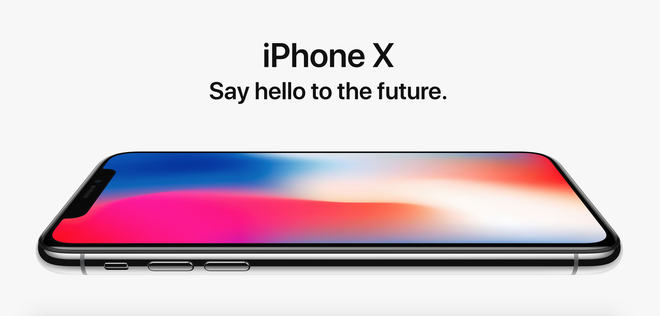Apple Inc. got started as a company, back in 1976, but they weren't really known for having memorable, signature ads until a couple years after they first released their iPods, back in 2001. Along with the release of the popularization of the iPod came their 'Silhouette' campaign, which lasted from 2003 to 2011.
The campaign featured commercials, print ads, and billboards alike, featured below. Apple even used this imagery on their gift cards for several years as well.
 |
| http://www.pophistorydig.com/topics/ipod-silhouettes-2000-2011/ |
The ads are fairly simple, consisting of only a black silhouette, a white iPod, and various colored backgrounds. In the print advertisements, they intentionally lacked copy for a number of years, though the slogan for the campaign, as well as the iPod in general, was '1,000 songs in your pocket'. Despite the simplicity, the ads spoke volumes and created an iconic imagery that when now used in popular culture, people associate with iPods. The commercials for this campaign were upbeat, indie pop hits, generally, new releases from the year the commercials aired during, which captured the attention of their core demographic -- young, trendy, fun-loving adults who love music -- which is exactly who were buying iPods at the time, to replace their beloved CD players and Walkmans. These advertisements almost serve as a demonstration, a reflection of Apple's core users, speaking to the right side of the brain, more so than listing off features, pricing details, or where it's available. None of those details are ever really important for Apple to list, because more than anything, Apple has always sold users a lifestyle and sort of status, rather than the latest and greatest in technology, even when they were the latest and greatest innovators.
By 2011, everyone was familiar with the silhouetted iPod advertisements, and they started to ad more copy to change up the messaging of the advertisements. Rather than building awareness of the iPod, the silhouette could then stand for itself, along with the easily recognizable Apple apple logo, and the copy exists to make note of the lifestyle of iPod users. "It's only rock and roll, but we like it" is a simple phrase, consistent with the Apple style, but also makes a casual statement all music lovers can understand. Maybe it's just music, but maybe just music is a lifestyle. When you have over 1,000 songs in your pocket, music certainly is important enough to keep that close to you, at all times, no matter where you are, which is precisely what the beauty of the iPod is. These ads are quintessentially Apple and will be remembered for years to come.
With the dominance of iPhones declining iPod sales, Apple took the advertising focus off the iPods and made all of their later advertising imagery match their existing style for Macbooks, iPads, and iPhones alike. Similar to the silhouette style, the styling is still minimalistic, consistent to speak to the lifestyles of their trendy, younger, technologically advanced demographic (see the 'maximum funness' copy below). Even the colors of the later iPods still reflect those original advertisements, the bright colors having become such a core part of the iPod branding. Though some of the more modern advertisements featured below appear stylistically different from those iPod ads, a distinct pattern can still be picked out -- as previously noted, not just the minimalism, but the cute, fun one liner of copy, the pop of color are all reminiscent. Featuring only actual product itself and the product name, in addition to showing specifically the side of a product to represent how thin it is appears to be their latest course of advertising style.

 |
| Source: Apple |
 |
| Source: Apple |
 |
| Source: Apple |
At this point, it almost doesn't matter what style changes Apple makes. As previously stated, Apple has always been about selling status and a lifestyle, and now, they have an extremely loyal almost cult-like customer base that will buy the products no matter what messaging strategy Apple employs. The products always speak for themselves and that is why Apple's current strategy centers around just a picture of the new release. They always sell, even when they lack favorable features, like headphone ports or universal charging cables. All Apple has to do is remind customers that hey, they're Apple, and they have a new product you will buy to keep up with your Apple lifestyle, because everyone uses Apple, you've always used Apple, your old iPhone was getting old anyway, wasn't it?

No comments:
Post a Comment